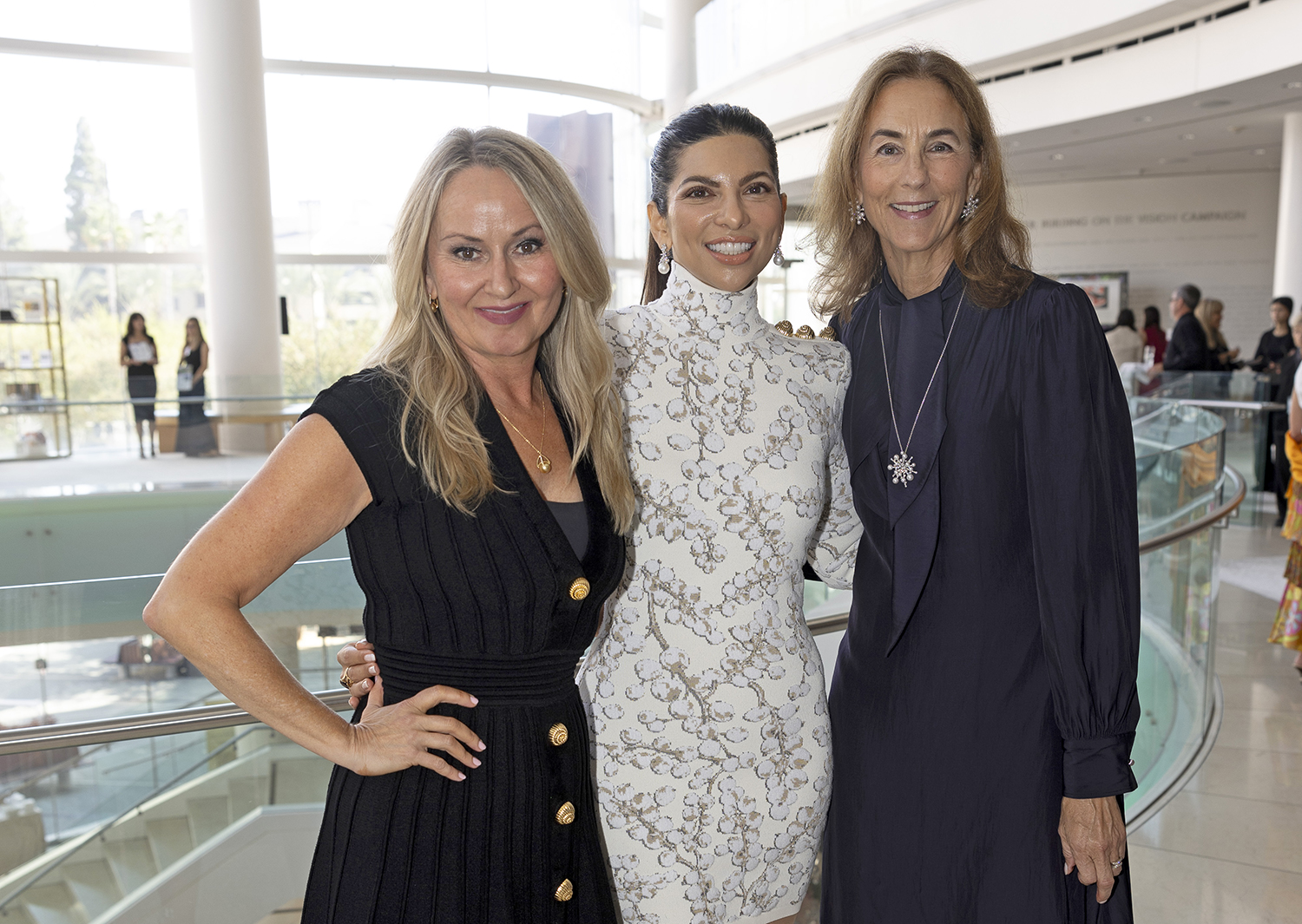Jobs
Young job seekers are finding it tougher to find employment, despite a bustling labor market: ‘It was brutal’

- Worries are growing that the labor market is beginning to show cracks, particularly for younger aspirants.
- The monthly rate of workers with little previous work experience getting jobs has plunged, falling to 13% from its previous peak of 20%, according to Goldman Sachs.
- “Quite honestly, it was pretty brutal,” one job seeker said. “It felt like a lot of work for little response, little reward.”
- The hiring rate for all workers is at 3.6% of those counted in the labor force, just off the low of the post-Covid era, according to the Bureau of Labor Statistics. Prior to the pandemic, the hiring rate was last below the current level in August 2014.
After receiving a graduate degree, Julianna Larock was bombarded with news about the powerful labor market and how much demand there was for skilled workers.
But that wasn’t her reality.
Instead, she spent untold hours browsing through networking sites such as LinkedIn, attending mixers and other professional events, and generally scouring the collective workplace for something that would fit her desire to land a job in the world of finance. All to no avail.
“Quite honestly, it was pretty brutal,” says Larock, 25, a Wilmington, Delaware, native now living in New York City. “It felt like a lot of work for little response, little reward.”
Fortunately, after slogging through a year of dashed hopes, interspersed with some contract work to get her through, Larock found full-time employment as an executive assistant and research associate for Acumen, a nonprofit impact investment firm in New York. The firm was founded by Jacqueline Novogratz, sister of prominent investor Michael Novogratz, the CEO of crypto-focused Galaxy Investment Partners.
Julianna LaRock
While Larock is content with her current station, getting there was rough and the future feels uncertain.
“The depression and the anxiety that was coming from the job search oftentimes bubbled over into a lot of my other social relationships,” the University of Delaware and Fordham graduate says. “People can only be so supportive, and you just felt like every day was the same. And I really hate monotony.”
Larock’s experience comes at a time when, at least on the surface, the jobs market has continued to glide along.
Signs of weakness
Since the beginning of 2023, nonfarm payrolls have expanded by about 4 million, continuing growth that started after the Covid crisis. The unemployment rate has held below 4% every month since January 2022, a run of strength not seen since the 1960s.
But worries are growing that the labor market is beginning to show cracks. Larock’s cohort of workers — in their late teens and early 20s, including new college graduates and other first-time entrants to the labor market — looks particularly vulnerable.
The hiring rate for all workers is at 3.6% of those counted in the labor force, just off the low of the post-Covid era, according to the Bureau of Labor Statistics. Prior to the pandemic, the hiring rate was last below the current level in August 2014. It’s getting worse for younger workers.
“I oftentimes would have people telling me the job quality or job search statistics aren’t really that bad, using that kind of leverage to invalidate everything I was feeling,” Larock says. “Whether that’s what they meant to do or not, and I don’t think it was, that was the impact it had. It made me feel worse.”

Welcome to the good news-bad news labor market, where the collective experience is positive but not as much for individuals in particular groups.
“The good news,” Goldman Sachs economist Elsie Peng said in a recent note, “is that monthly job-finding rates remain at or above pre-pandemic rates for groups who are usually more vulnerable to weaker cyclical conditions, including workers without a college degree, workers in low-skill industries, and workers who are foreign-born.”
“But the bad news is that new entrants to the labor market are faring less well,” Peng added.
The monthly rate of workers with little previous work experience getting jobs has plunged, falling to 13% from its previous peak of 20%, according to Goldman data. While Peng characterized the jobs market as “strong overall,” she said there are “soft soft spots” that are particularly hitting “new entrants to the workforce.”
While the unemployment level for the 20-to-24 age group is at 3.5%, it’s slightly higher than it was pre-pandemic and is one area to watch for softness in the labor market.

Molly Huang, a 22-year-old recent Penn State University graduate with an aerospace, aeronautical and astronautical engineering degree, also is finding challenges in navigating the situation — a process she started during her studies that has intensified now that she’s out of school.
“To be completely honest, it’s not a very great market. A lot of people I talk to agree that finding a full-time job for a new grad is kind of tough,” the Horsham, Pennsylvania, resident says. “I get interviews here and there, but nothing has ever come to an actual offer.”
Huang acknowledges that her specialized major adds a degree of difficulty to the search, so she’s being somewhat flexible about her approach.
“I’m trying to be pretty optimistic, because a lot of people I know that do get a job don’t start until August, so I feel like I have a little bit of time,” she said. “But at the same time, it does feel like the clock is ticking.”
Getting the experience
One age-old quandary Huang and others in her shoes have to face is the experience dilemma: Employers want to hire those who have some background working in their field, which outside of internships, is hard to get for new grads.
There does appear to be some good news on that front.
The rate of new hires as a share of existing employees rose to 2.8% in April, its highest level since October 2022, according to Vanguard, which uses proprietary data gleaned from 401(k) program enrollments.
“In recent months, though, there has been a modest uptick in hiring among younger workers, while hiring rates have been flatter for older workers,” said Vanguard investment analyst David Pakula.
At the same time, jobs website Indeed reports that fewer than one-third of all postings on the site in April listed a specific number of years’ experience, off from nearly 40% just two years ago. The reason, according to Indeed economist Cory Stahle, is more of a shift to “skills-first hiring” that places less emphasis on educational background and more on what prospective employees bring to the table.
That’s both good news and bad news for younger workers, some of who had hoped that expensive degrees would give them a foothold.
The challenge for younger workers
“The overall job market has really been changing a lot since 2021 and ’22, so I do think college grads are entering into a job market that is much more challenging than it has been over the past few years,” said Joanie Bily, chief workforce analyst at Employbridge, an industrial staffing firm.
For how healthy the top-line numbers have looked since the 22 million layoffs in the early days of the pandemic, Bily points out that much of the recovery has come in health care, leisure and hospitality and government positions.
The finance field, where Julianna Larock works, actually has a higher unemployment rate now than before the pandemic — 2.7% compared with 1.7% in February 2020.
Also, the balance of household employment has gone to part-time jobs, which have risen by more than a million over the past 12 months, while full-time employment has fallen by more than half a million, according to the Bureau of Labor Statistics.

“Though it’s still been a relatively tight labor market, I do think we are seeing a weakening in the overall jobs market in the U.S., and really we’ve been seeing that decline since 2022,” Bily said. “What we’re seeing with college grads is they’re looking to enter into the workforce and launch their careers, and many of them are taking jobs even in leisure and hospitality, because that’s where the jobs are.”
Ethan Mariano will be taking his double major in political science and international affairs from Gettysburg College to grad school later this year at American University in Washington, D.C. He needs a job while he’s studying so he can afford living expenses, but would like a position that could serve as springboard to work in foreign policy analysis at the State Department or a think tank.
So far, no luck.
“A lot of the jobs they say, despite the fact that it’s entry level, we need two years of experience. Others say you need a Capitol Hill internship, which is difficult because the ones who can afford to live down in D.C. get the internships,” says Mariano, 22, of Hazleton, Pennsylvania. “It’s been difficult.”
Despite the obstacles, he remains optimistic while still knowing that getting a post-graduate degree probably will be required before he can really establish himself.
“Yeah, I’m optimistic. Maybe it’s the young naivety in me, but I think I’ll find something,” Mariano says. “I just need to get my foot in the door.”





)


